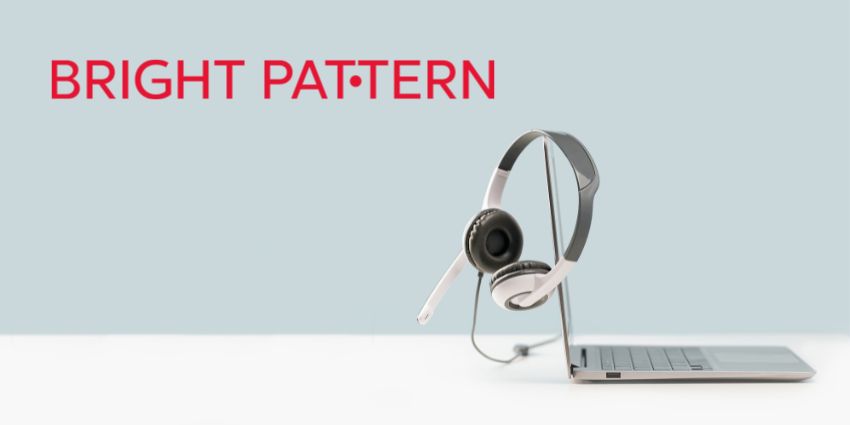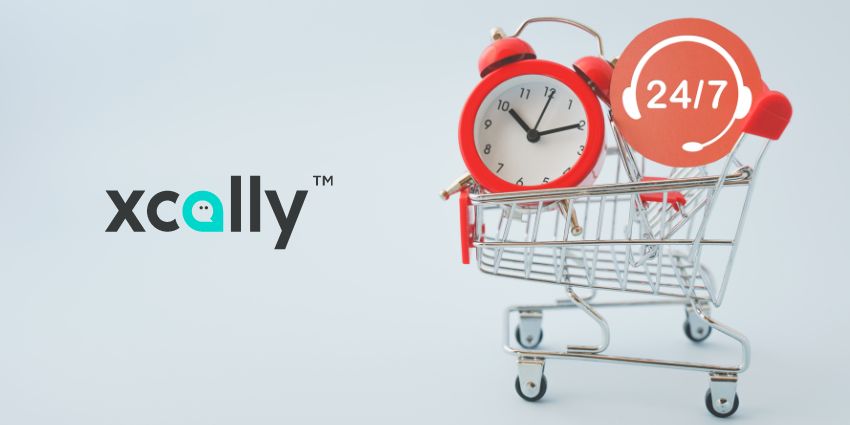It’s a rather startling fact that long call queues continue to be a reality for contact centres even in a hyper-connected world, where customers are inundated with product-related information from various sources. In a seminal research, it was found that an average customer will spend around 43 days of their lives on call hold!
Long waits can increase customer frustration, dilute their existing engagement with the product/company, and make it difficult for agents to live up to expectations when they do connect on the phone. That’s why it is critical to take concrete steps for reducing your hold or wait times.
Calculate Average Hold Time at your Contact Centre
Hold times can vary dramatically from agent to agent, depending on their expertise, personality, and product experience. Add up the total minutes that all inbound customers face in a day and divide it by the total number of agents to arrive at your average hold time. Ideally, this shouldn’t extend beyond the half a minute threshold.
How to Reduce Average Hold Time?
To reduce hold times and call queues at your contact centre, you can:
- Equip agents with contextual insights – The faster an agent solves customer queries, the earlier they will be able to take on the next customer on the queue. Contextual insights give agents the information they need to resolve a problem, without having to ask the customer to repeat it once again
- Gain from conference calls – Pulling a supervisor or a colleague into the conversation can help resolve problems faster, freeing agents up to take on the next customer
- Reduce average handling time (AHT) – Handling time includes post-call activities as well, like taking notes, initiating surveys, etc. you can automate these through agent assist technology so that agents can immediately move onto the next customer
- Opt for skills-based routing – Skills-based routing will automatically match a customer top the best-fit agent, ensuring the most optimal handling time. As a result, your call queues remain clean and efficient
- Improve contact centre scripting – Rigid, un-adaptive scripts will find it difficult to solve more complex customer queries. Work on your agent scripts so that they are able to resolve queries quickly, without digressing or having to walkthrough multiple scenarios
- Contain agent attrition – Agent attrition was the no.1 challenge in 2020, experienced by over 1 in 4 contact centres. Work on engaging, motivating, and retaining your workforce so that you aren’t short-staffed and don’t have to invest in repeated hiring cycles, even as your wait time rises
- Update your on-hold message – While this won’t directly reduce your hold time, it will bring down the risk of customer drop-off. Let the customer know how many people are ahead of them on the queue so that they remain interested in connecting.
Ultimately, hold time is only one piece of the puzzle.
You will find that most customers are willing to wait for a minute or two if they are assured of a superior CX and prompt resolution. Aim for a low hold time so that you can process the maximum number of customers a day, and focus on the interaction itself for higher CSAT.







